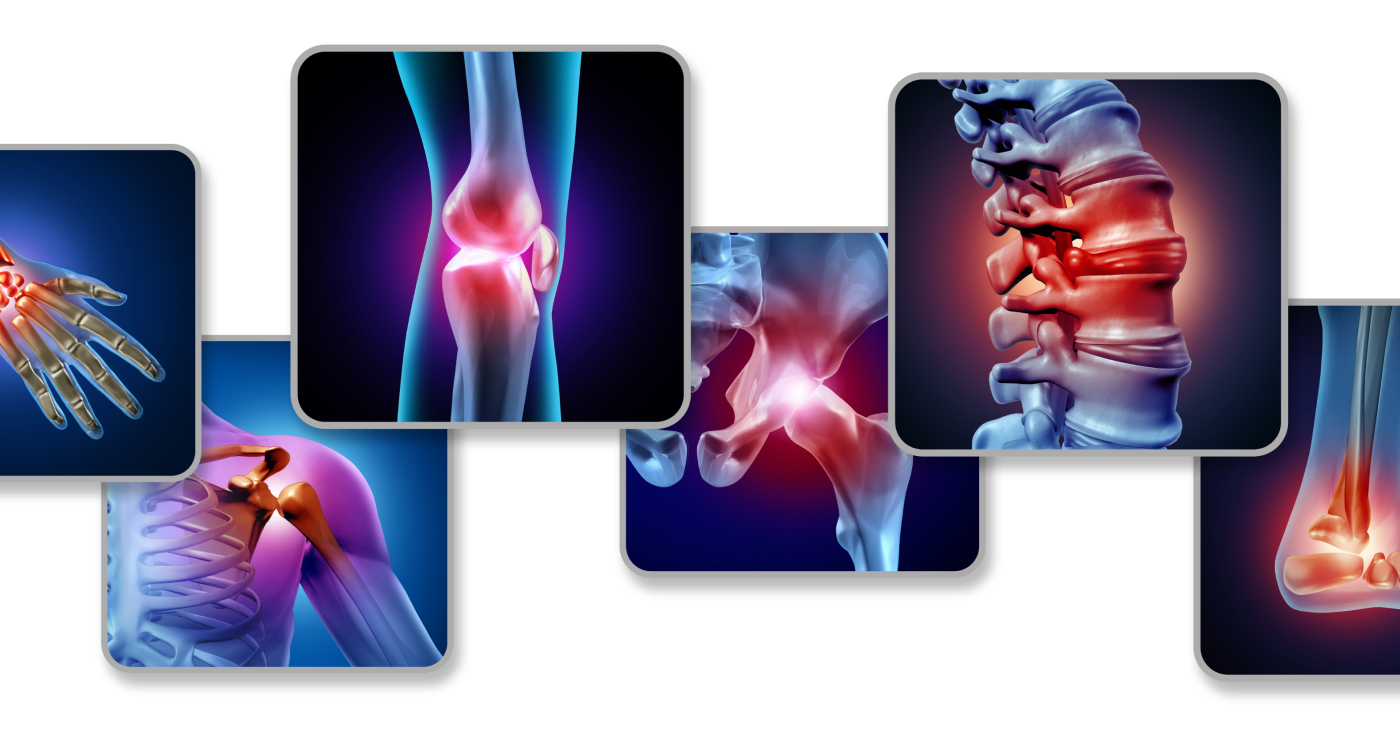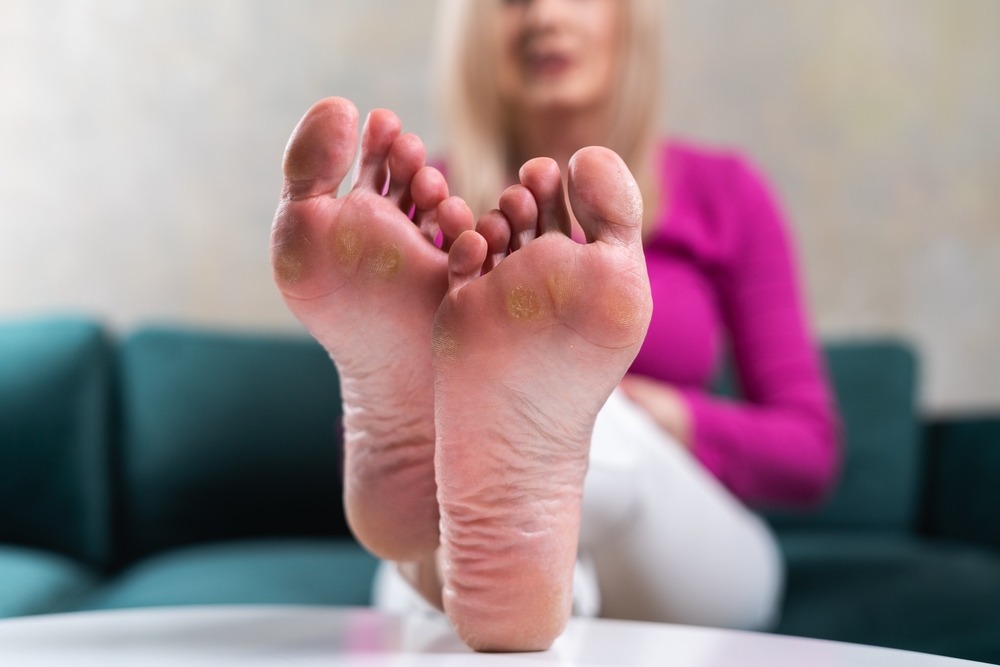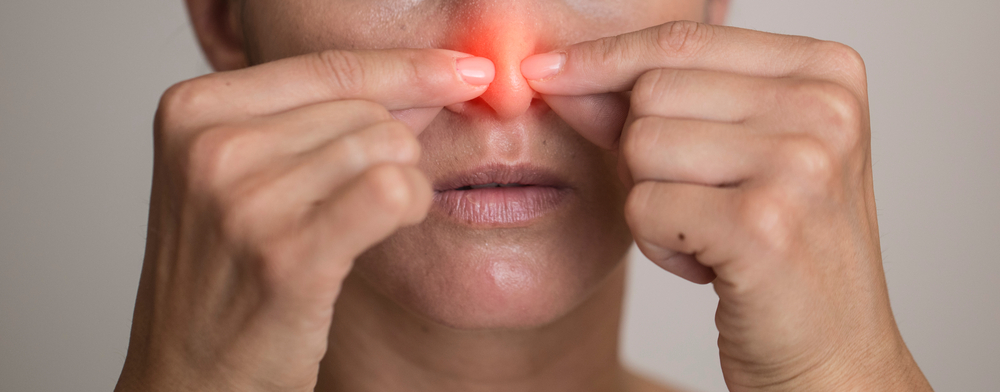Arthritis: Symptoms, Treatment, Causes & Types
Written By: Dr. Kirthi Raju
Updated On:December 05, 2023

What is Arthritis?
Arthritis is a medical condition in which a patient experiences swelling or inflammation of one or more of your body’s joints. It is important to note, however, that the term “arthritis” is more of a blanket term used to describe around 200 types of joint pain and diseases. Out of all the types of arthritis, osteoarthritis is the most common. Other related conditions include rheumatoid arthritis, gout and fibromyalgia.
Does age play a role in arthritis?
On average, adults around or above the age of 65 are more likely to experience arthritis. But this condition can affect people of all ages, including children.
Does arthritis affect men and women equally?
Twice as many women experience osteoarthritis than men. This difference becomes even greater as women enter menopause, around age 55. Women are also more likely to experience worse arthritis pain as compared to men as well as being more susceptible to rheumatoid arthritis. It is also true that women and men tend to experience arthritis in different joints; men are likely to get arthritis in their hip joints while women, in their hands and knees.
Types of Arthritis
There are 2 main arthritis types:
Rheumatoid Arthritis
- This type of arthritis is caused by the immune system targeting joints within the body. Therefore, rheumatoid arthritis causes joint pain throughout your body. The immune system targets joint linings, causing them to weaken. This results in pain and inflammation throughout the body’s joints. This condition affects joints on both the left and right side of the body. Therefore, both knees, both elbows and both wrists may be affected at once. Inflammation caused by this condition can also damage other organs like the skin, lungs, heart, etc.
Osteoarthritis
- Out of all forms of arthritis, osteoarthritis is the most common. It is caused by wear and tear of the cartilage that surrounds the ends of our bones. It can affect any joint of the body but is most common in joints that bear the most weight such as the knees and feet. Other joints that are commonly affected include that of the hand.
Arthritis Symptoms
Symptoms of arthritis differ based on the type of arthritis the patient has.
Rheumatoid arthritis symptoms
Joint symptoms of rheumatoid arthritis include:
- Joint pain
- Joint stiffness
- Minor joint swelling
- Decrease in range of motion
- Experiencing the same symptoms on both sides of the body (in both knees, both wrists, etc.)
- Other symptoms may include:
- Fatigue
- Weakness
- Fever
- Weight loss
Osteoarthritis symptoms
Symptoms of osteoarthritis may include:
- Pain and stiffness in joints
- Limited range of motion of certain joints
- A crackling sound when a joint is moved
- Inflammation of joints
- Joint instability
- Joints appearing slightly deformed or larger than usual
- Weakness
- Muscle wasting
Arthritis Causes
The cause of arthritis also differs from type to type.
Causes of rheumatoid arthritis
Since rheumatoid arthritis is an autoimmune condition, it is caused by the body’s immune system mistakenly targeting healthy body tissue. Antibodies are sent to attack the joint lining or synovium, causing it to become inflamed. This damage can eventually extend to surrounding bone and cartilage. The reason for this immune response, however, is unknown.
Causes of osteoarthritis
The causes of osteoarthritis are unclear. However, there are a number of risk factors that can increase a person’s chances of getting the disease.
Risk factors for osteoarthritis:
- Age: Wear and tear of the articular cartilage with age often leads to osteoarthritis. This is why osteoarthritis is commonly described as a chronic degenerative disease. It most commonly occurs in people over the age of 40.
- Gender: Men are more likely to get osteoarthritis before the age of 55. However, more women above 55 experience osteoarthritis than men. This is likely due to estrogen levels dropping as women enter menopause. Women are also reported to have more severe pain than men.
- Obesity: Being overweight increases one’s chances of developing arthritis, particularly in joints like the knee and hip, which bear the most weight.
- Joint injury: Joint injury caused by repetitive, hardcore physical activity or operation may increase the risk of arthritis in these joints.
- Genetic factors: Certain inherited genes can increase the risk of arthritis in the hands, hip or knee. Certain mutations of the genes responsible for collagen production can lead to rare forms of osteoarthritis.
- Other joint diseases: Damage as a result of joint diseases like rheumatoid arthritis and gout can also lead to osteoarthritis.
Complications of Arthritis
Failure to control arthritis can lead to certain complications, including:
- Extensive Inflammation: Rheumatoid arthritis can lead to inflammation or swelling in other parts of the body such as the lungs, eyes and blood vessels.
- Damage to joints: Lack of treatment or control of arthritis can lead to irreversible damage to the joints and surrounding cartilage and bones. This can even lead to the joints becoming permanently deformed.
- Carpal tunnel syndrome: This is a condition in which the median nerve is compressed, leading to pain, numbness and a tingling sensation in parts of your hand. This condition commonly occurs in patients of rheumatoid arthritis.
Arthritis Treatment
The treatment you receive for arthritis depends on the underlying cause and type of arthritis you have.
Rheumatoid arthritis treatment
Despite rheumatoid arthritis having no real cure, early treatment and management of symptoms can prevent the condition from deteriorating and allow you to be as active as possible.
- Medications known as disease-modifying anti-rheumatic drugs (DMARDS) have proven to be helpful in managing the condition as they improve symptoms and prevent the arthritis from worsening.
- Physical therapy is another form of treatment that has proven to be helpful.
- If medications are unsuccessful in preventing the condition from getting worse, surgery is often suggested to arthritic patients. Surgical procedures to treat rheumatoid arthritis include synovectomy, tendon repair, joint fusion and total joint replacement.
Osteoarthritis treatment
The type of treatment offered to patients of osteoarthritis is dependent on factors like age, overall health, medical history and location of the osteoarthritis. In most cases, a combination of treatments is used. This includes medication, physical therapy, and removal of joint fluid, weight loss and exercises to strengthen muscles. In some cases, supportive devices like canes and crutches may be given to the patient to alleviate joint pain during movements. If these treatment methods are unsuccessful, surgery may be suggested to the patient. Treatments for osteoarthritis have proven to be very successful in easing patients’ symptoms.
Can early osteoarthritis be cured?
There is no cure for early osteoarthritis, but the condition does not necessarily deteriorate over time. Available treatments can greatly ease symptoms of the condition. Lifestyle measures, in particular, have proven to be very helpful in improving patients’ quality of life.
Prevention of Arthritis
Measures to prevent joint pain from deteriorating with age include:
- Maintaining a healthy body weight, which reduces the pressure on your body joints.
- Stretching helps to improve movement of joints and prevents stiffness.
- Exercise allows muscles supporting the joints to become stronger.
- Managing blood sugar, as high blood glucose levels can cause the tissue around the joint to become stiff.
- Avoid smoking, as it can cause damage to the tissues surrounding your joints.
For more information on common causes, signs, and treatment of arthritis, get in touch with us.
Meet our doctors from the Rheumatology department













